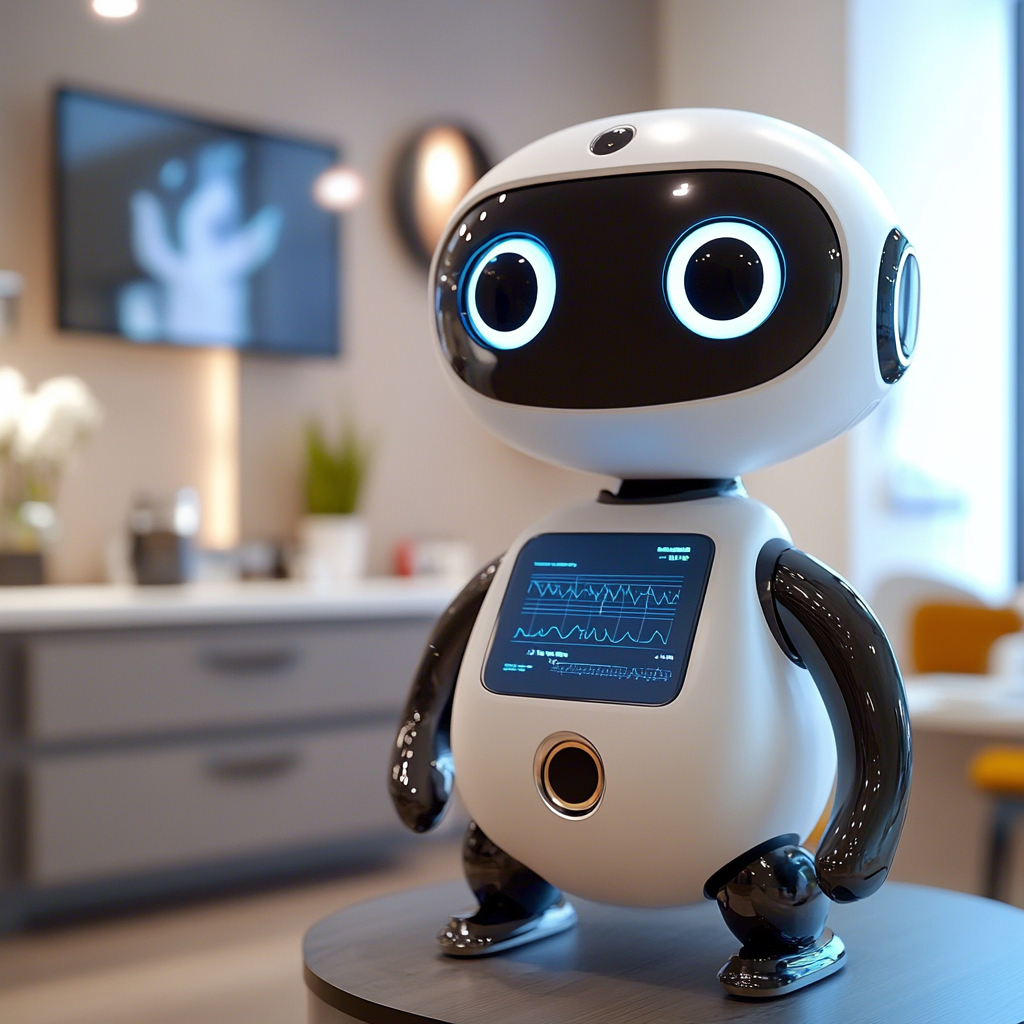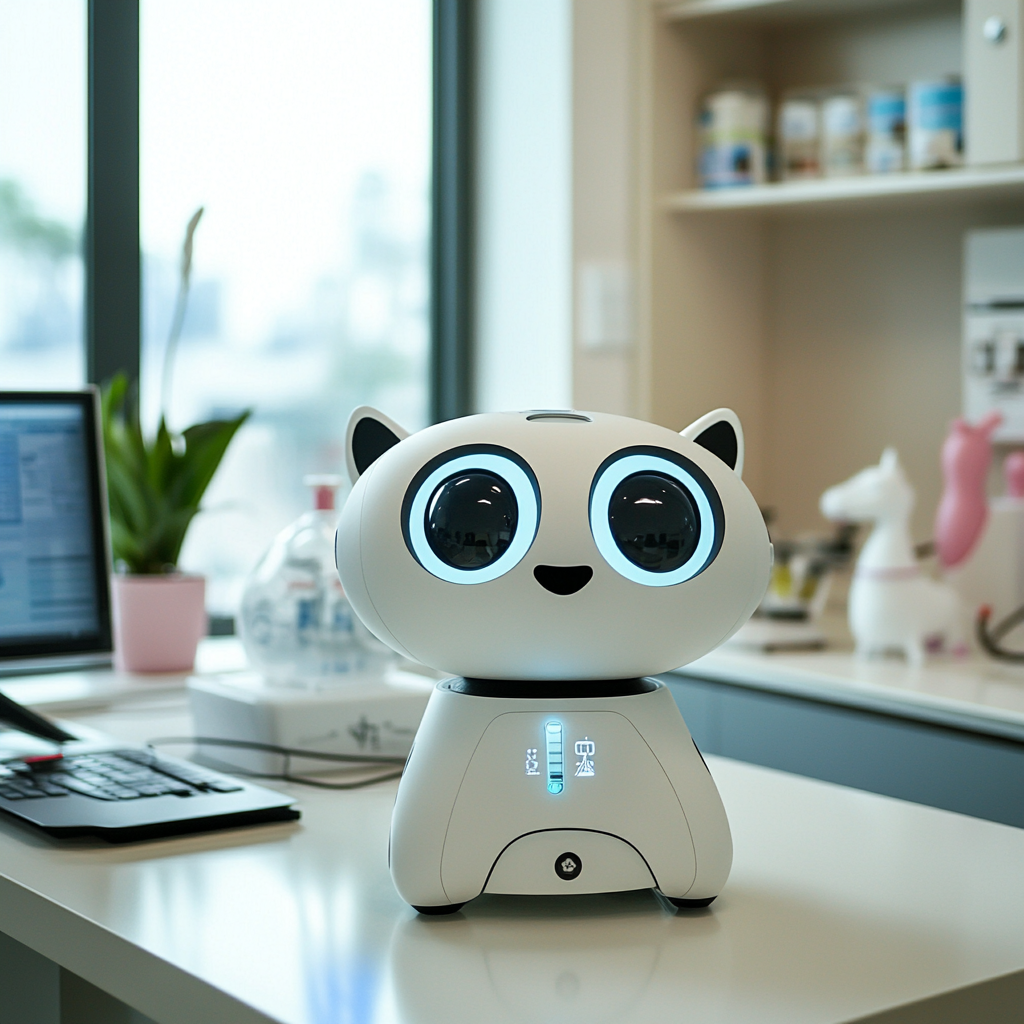Recommended AI tools for Veterinarians

User Rating:
★ ★ ★ ★ ★
ScribVet is an AI-driven veterinary documentation tool that simplifies the record-keeping process. By using voice recognition and natural language processing, ScribVet allows veterinarians to dictate medical notes during consultations, automatically generating structured medical records. This not only saves time but also ensures accurate and consistent documentation, helping veterinarians focus more on patient care and less on administrative tasks.
User Rating:
★ ★ ★ ★ ★
Picoxia is an AI-powered platform designed to assist veterinarians in diagnosing skin conditions in animals. Using advanced image recognition technology, veterinarians can upload photos of skin issues, and Picoxia provides potential diagnoses and treatment recommendations. This tool is particularly useful for quickly identifying dermatological conditions and enhancing the accuracy of diagnoses in veterinary practice.


User Rating:
★ ★ ★ ★ ★
FidoCure offers an AI-driven approach to veterinary oncology, focusing on personalized cancer treatments for dogs. By analyzing a dog’s genetic profile, FidoCure’s AI technology recommends targeted therapies, often based on treatments used in human oncology. This precision medicine approach improves treatment outcomes and provides veterinarians with advanced options for managing canine cancer cases.
User Rating:
★ ★ ★ ★ ★
Digitail is a comprehensive veterinary practice management software that integrates AI to enhance clinical workflows. Its Tails AI feature assists with patient management, appointment scheduling, and automated reminders. Additionally, it provides smart insights into patient records and helps optimize the day-to-day operations of veterinary clinics, allowing veterinarians to deliver better care while improving efficiency.


User Rating:
★ ★ ★ ★ ★
The SediVue Dx is an advanced urine sediment analyzer developed by IDEXX Laboratories. Utilizing artificial intelligence, it examines uncentrifuged urine samples, capturing high-resolution images to identify and classify elements such as cells, casts, crystals, and bacteria. This automated process delivers consistent and accurate results in approximately three minutes, aiding veterinarians in making informed clinical decisions efficiently.
